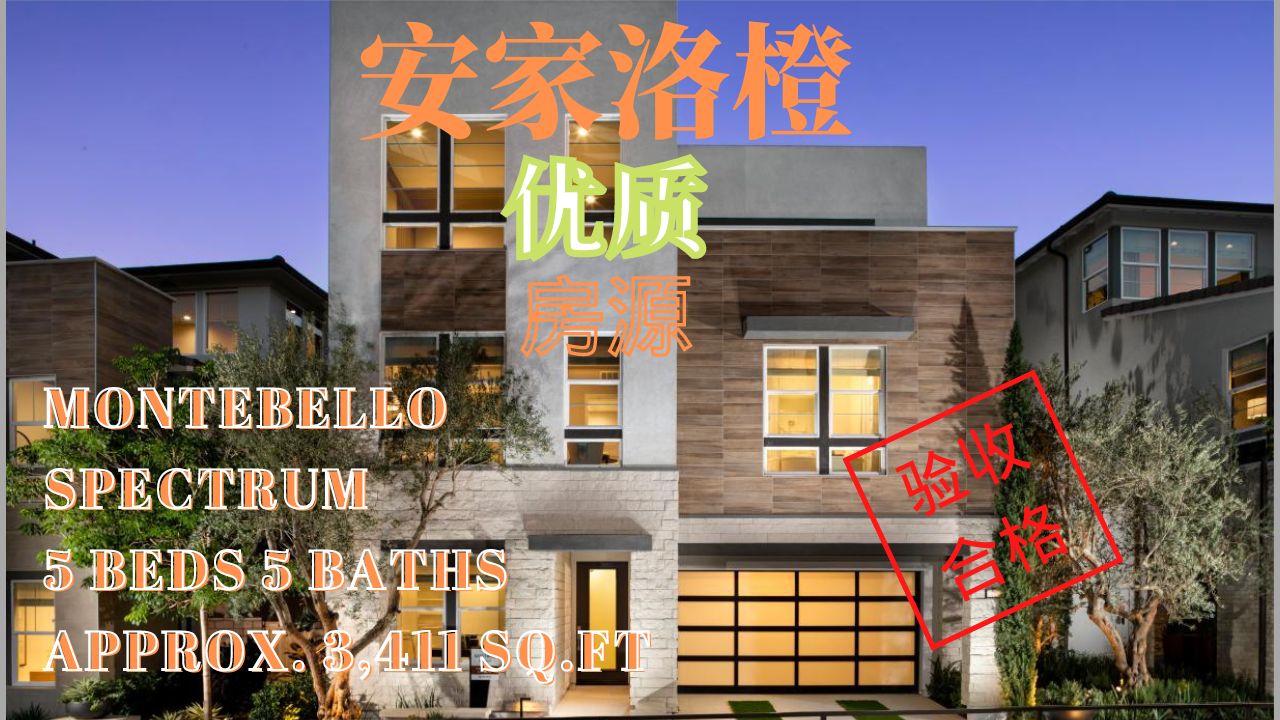WiFi7-IPQ9574 and QCN9274/QCN6274 multi-AP joint transmission amazing performance improvement
As an emerging technology, it will take a lot of time for WiFi7 to be truly implemented and applied in various scenarios. After all, if a terminal that meets the WiFi7 standard is to unleash its full potential, it must have corresponding supporting equipment and network environment.
So let’s first take a look at what’s so special about WiFi7 technology:
Compared with the WiFi6 protocol, the main technical changes brought by the WiFi7 protocol are: supporting 320MHz bandwidth, supporting the Multi-RU mechanism, introducing higher-order 4096-QAM modulation technology, introducing the Multi-Link multi-link mechanism, and supporting more Multiple data streams and enhanced MIMO functions support collaborative scheduling between multiple APs. Lay a solid technical foundation for high-speed interconnection of all things, all-scenario intelligent networking, VR, and the metaverse.
The main feature of WiFi7 is EHT (Extremely High Throughput). According to the goal of the working group, the throughput of the WLAN network should be increased to 30Gbps (about 3 times that of WiFi6), and the latency of real-time applications should be controlled within 5 milliseconds. .
In order to achieve these amazing performance improvements, WiFi7 introduces or improves a number of new technologies and optimizes the physical layer and link layer. These include 320MHz bandwidth, 4096-QAM modulation, Multi-RU, multi-link operation, enhanced MU-MIMO, multi-AP collaboration and other technologies.
In terms of transmission rate, through the introduction of 320MHz bandwidth, 4096-QAM modulation, MIMO 16X16 and other technologies, the maximum theoretical rate of a single link reaches 46.1Gbps.
In terms of improving spectrum efficiency, through the introduction of technologies such as Multi-RU and multi-AP collaboration, more reasonable and efficient utilization of spectrum resources can be achieved.
In terms of interference suppression, the interference between APs is reduced and more balanced coverage is achieved by introducing technologies such as Preamble Puncturing, cooperative OFDMA (C-OFDMA), cooperative spatial reuse (CSR), and multi-link synchronous channel access.
In terms of ensuring low latency, the reliability of low-latency access is ensured by introducing technologies such as multi-AP joint transmission (JXT) and dynamic link switching.
MIMO enhanced
Compared with WiFi6's multi-user multiple output (MU-MIMO) with 8 data streams working at the same time, WiFi7 will be upgraded to support the highest (Tx: 16, Rx: 16) data stream, which can greatly increase wireless bandwidth and client support data , while introducing more advanced CMU-MIMO. Among them, C stands for Coordinated, which means that 16 data streams can not be provided by one access point, but can be provided by multiple wireless routers at the same time. This is exactly used in the Mesh WiFi network that has become popular in recent years, allowing terminals to connect to multiple devices at the same time. Mesh wireless router. In other words, in the future WiFi7 era, the number of antennas will increase even more.
Added 6GHz spectrum, three bands working simultaneously
The WiFi6 standard uses two frequency bands, 2.4GHz and 5GHz. The recently upgraded version of WiFi6E introduced a new 6GHz spectrum. WiFi7 will continue to support the 6GHz frequency band, and the three frequency bands can be connected and work at the same time, extending the width of a single channel from 160MHz of WiFi6 to 320MHz. WiFi7 will also support 160+160MHz, 240+180MHZ and 160+80MHz channels to combine non-contiguous spectrum blocks, which also means that it can provide higher quality network connections.
In wireless technology, signal modulation is extremely important. The WiFi6 standard uses 1024-QAM modulation technology, while WiFi 7 is expected to upgrade the modulation method and directly use 4096-QAM. 4096QAM can bring greater data capacity. Therefore, the final speed of WiFi7 can reach 30Gbps, which is three times the fastest WiFi6 speed currently launched at 9.6Gbps.
By introducing technologies such as multi-link operation (MLO), multi-AP coordination, and 320MHz bandwidth channels, the latency of WiFi7 can be greatly reduced and reliability improved. Among them, multi-link operation (MLO) enables devices to transmit and receive across different frequency bands and channels at the same time. WiFi 7 enhances these links by increasing throughput, which is a measurement between devices in a local network (LAN). MLO will also reduce latency and improve reliability.
The new 6GHz frequency band has a total of 1200MHz bandwidth, which can provide 59 20MHz, 29 40MHz, 14 80MHz, 7 160MHz or 3 320MHz channel bandwidths. The bandwidth of the 6GHz frequency band is twice as wide as the previous total bandwidth of 2.4GHz + 5GHz. The usable bandwidth of Wi-Fi applications has tripled, which greatly alleviates the current shortage of Wi-Fi spectrum resources. As an extension of the new WiFi6 frequency band, WiFi6E works in the 6GHz frequency band and has been implemented in batches.
The currently authorized spectrum for Wi-Fi applications is as follows, and the yellow parts are the currently available domestic authorized channels.
According to market forecasts and current enterprise development, a large number of WiFi7 APs will be shipped in 2023, but it will have to wait until at least 2025 to achieve large-scale popularization of WiFi7.
Regardless of when WiFi7 will be put into the market in large quantities, this will not affect the development of more performance of WiFi7 by many communication companies. As one of the very excellent OEMs/OEMs, Wallys purchased the Qualcomm chip IPQ9574 as the CPU for the motherboard. Of course it must be Paired with WiFi7 card, it can better meet the needs of high-performance projects, so Qualcomm QCN9274/QCN6274 chips will also be used as the CPU of WiFi7 cards. Only by joining forces can we win more market competition.
Wallys software technology advantages:
Wallys has 10 years of experience in software development and is very experienced in uboot, Linux, wifi protocol, wifi performance, OS and other systems. It mainly uses Qualcomm chips to develop important software such as drivers and kernels, and has the ability to modify and compile to meet customers' different wifi functional requirements. Meanwhile, it participates in openwrt organization and code development. wifi5 product DR40x9 has been officially supported by openwrt.
Hardware technology advantages:
We have a strong hardware design team, and experienced people know that the most difficult part of hardware design is RF circuit design, baseband, etc., while wallys team made 0 error to achieve signal integrity, such as frequency conversion of network card, from 2.4G to 900M, which is a technological breakthrough.
Clients: TIP,Facebook, Openwrt, etc
Email:sales@wallystech.com
WEB:https://www.wallystech.com/




































